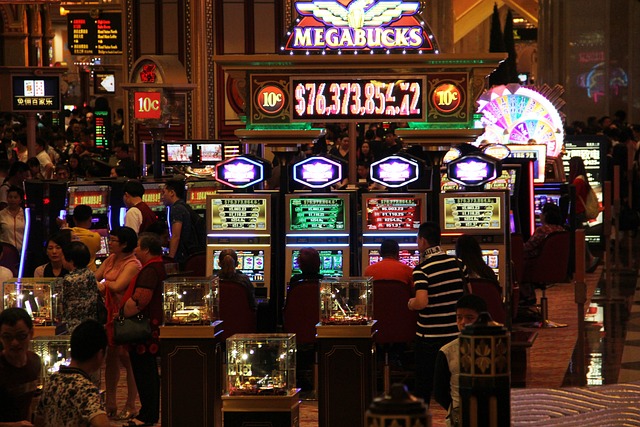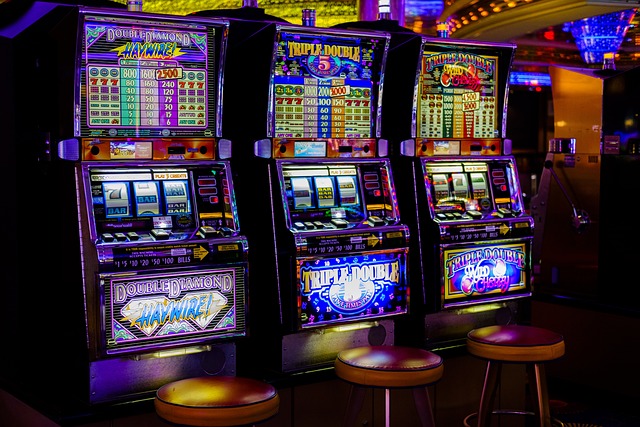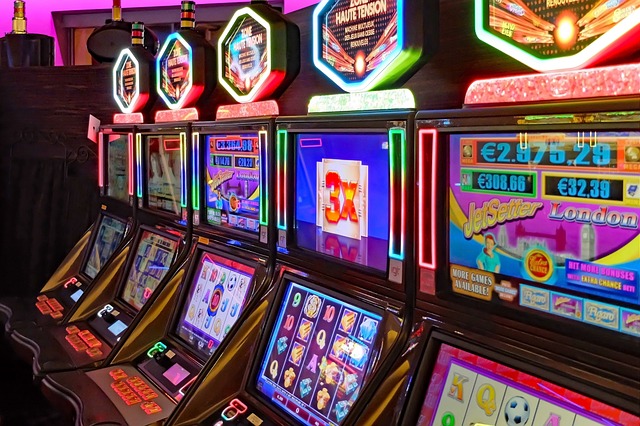Slot studios don’t launch games at random. Behind every seasonal slot—Halloween themes, summer jackpots, or winter wilds—is a tightly coordinated release calendar. These aren’t just for fun. They’re business tools designed to align with player psychology, promotional windows, and platform schedules.
This post looks at how studios plan their seasonal slot releases, what operators should expect, and how to decide whether to feature or skip these time-bound titles.
Why Seasons Matter in Slots
Seasonal releases tap into player mood and attention cycles. Just like retail and media industries, gambling platforms see rhythm in traffic:
- January dips after year-end spending
- Spring uplift tied to sports and tax refunds
- Halloween, Christmas, and summer trigger themed interest and promo budgets
By syncing launches with these waves, studios aim to maximize visibility, platform placement, and first-week performance.
But not all seasonal games are equal. Some are real performers. Others are reskins with no long-term traction.
How Studios Build the Release Calendar

Most major studios plan their year in quarters, mapping out key themes, event tie-ins, and tech priorities.
Typical Planning Cycle
- Q4 (Prior Year) – Calendar locks. Production begins on seasonal games 6–9 months out.
- Q1–Q2 – Build and test core mechanics, optimize engine, finalize art.
- Q3–Q4 – Release sequencing, certification, and marketing assets distributed.
Core Slot Types by Season
| Season | Common Themes | Slot Types |
|---|---|---|
| Winter | Christmas, snow | Cascading wins, high volatility |
| Spring | Rebirth, luck | Feature buy-ins, expanding wilds |
| Summer | Heat, festivals | Multiplier ladders, time-limited jackpots |
| Fall/Halloween | Horror, mystery | Sticky wilds, respin bonuses |
Studios often reuse proven engines (e.g., Megaways or 5×3 hold-and-win) with new skins to reduce development risk while keeping things fresh.
When Seasonal Games Work (and When They Don’t)
What Makes a Seasonal Slot Perform
- Simple hooks – Easy-to-understand bonuses that tie into the theme (e.g., free spins with pumpkin multipliers).
- Platform support – Featured placement or banner promotion during relevant calendar weeks.
- Timely release – Dropping Halloween slots in late October gives you one week of traffic. Mid-month works better.
- Fresh mechanics – Reusing a theme is fine—reusing an engine too many times isn’t.
What Undermines Seasonal Slots
- Late delivery – Miss the window, and the game dies fast.
- Over-skinned engines – Players notice when it’s just a color swap.
- No promo tie-in – A seasonal slot without in-app events or leaderboard rewards gets lost.
- Overcrowded market – Too many Christmas slots drop the same week.
How Operators Should Evaluate Seasonal Releases

Not every themed game deserves front-page promotion. Here’s a quick checklist to guide inclusion:
- Does the theme align with an active promo (cash drop, tournament, etc.)?
- Is the slot built on a high-performing engine (vs a low-RTP clone)?
- Is the release window early enough to build traffic?
- Are marketing assets (banners, trailers) ready and localized?
If the answer is no to more than one, consider skipping placement or pushing it to a sub-category.
Slot Rotation Strategy
| Release Type | Promotion Priority | Rotation Window |
|---|---|---|
| Major seasonal (e.g., Xmas Megaways) | High | 2–4 weeks |
| Minor reskins | Low | 1 week or less |
| Evergreen fallback | Medium | Year-round |
Operators should also use seasonal games to segment player interest. Holiday-themed players often skew more casual, making them ideal targets for bonus-free spins or retention offers.
Final Takeaway: Time the Theme, Not Just the Launch
Seasonal slots aren’t just content—they’re campaigns. The best-performing releases hit the calendar early, land with fresh gameplay, and tie into larger promotional moments. Studios that plan for these conditions give operators real reasons to feature them. The rest? Easy to ignore.
